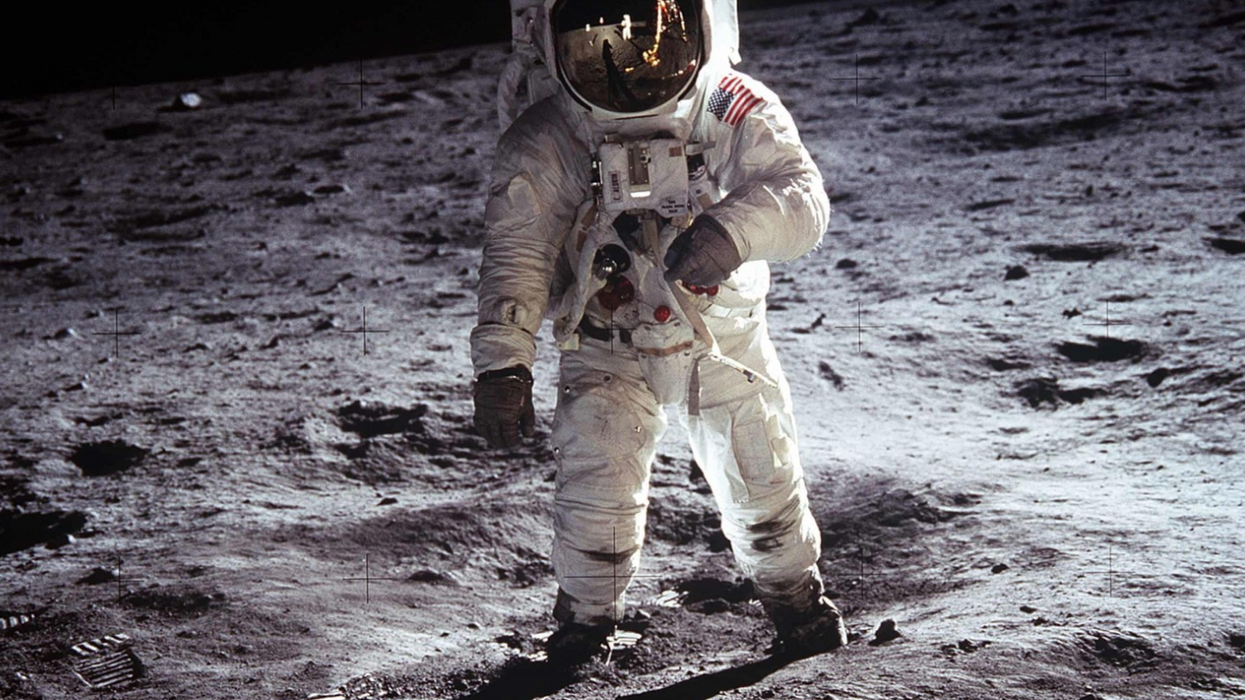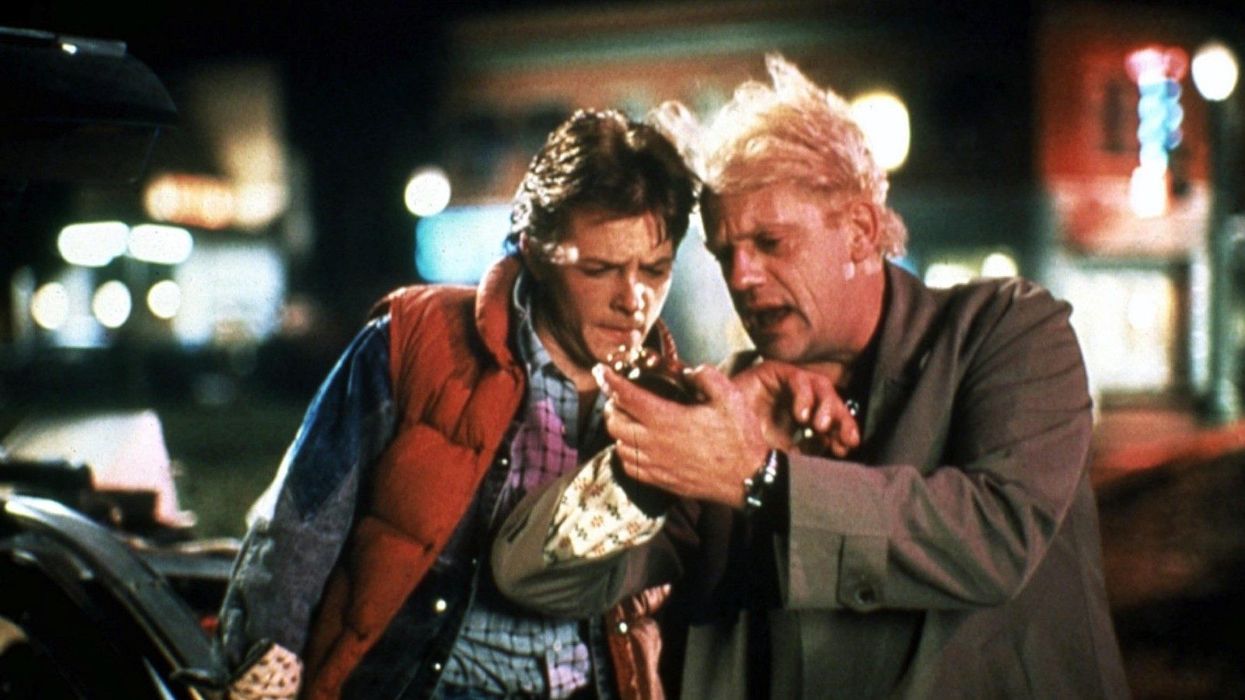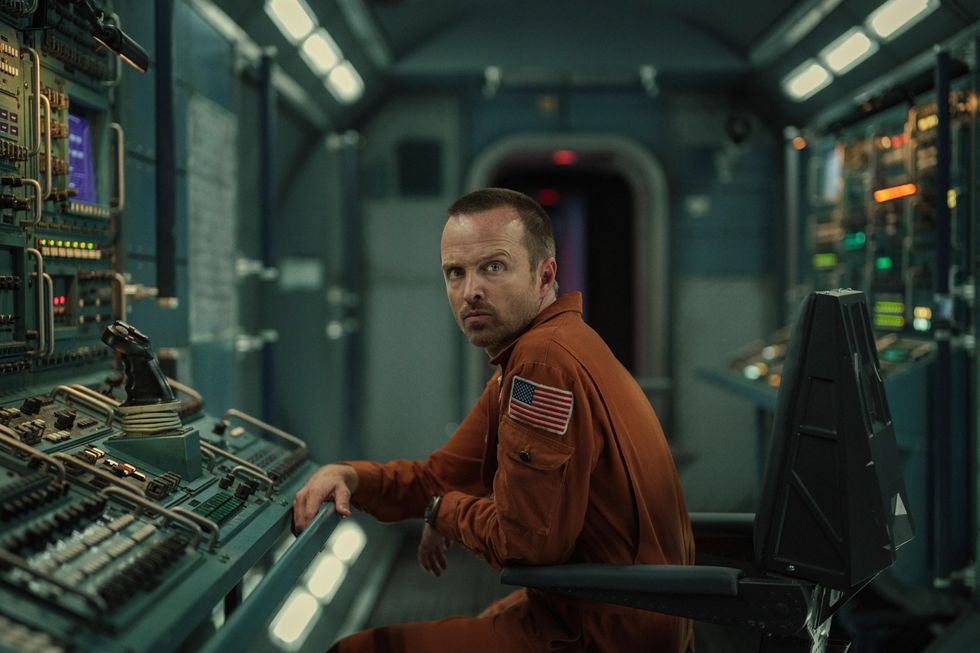How The Moon Landing Was Shot
On July 20th, 1969, men from Earth stepped foot on the moon and the world changed forever. So did Stanley Kubrick's career. If you believe in that sort of thing.

It's been fifty years since people from earth stepped foot on the moon. It was an event watched worldwide, 500 million people tuned in. But how did they capture the footage on the moon? And how did they broadcast it back to the Earth?
And what did Stanley Kubrick do to trick all of you chumps into believing it happened?
Today we're going to talk about the filmmaking of the moon landing, the achievement for mankind, and how Kubrick got the lenses to shoot Barry Lyndon.
So let's talk about the moon.
"That's one small step for man, one giant leap for mankind." --- Neil Armstrong
Footage of the moon landing
There are 143 minutes of footage from the Apollo 11 moon landing. According to NASA,
"A comprehensive set of camera equipment was carried on board Apollo 11. This included two 16mm Maurer motion picture film cameras, a color television camera in the orbiting Columbia, and a black and white TV camera outside of the lunar module to transmit to Earth Neil Armstrong's first steps on the Moon's surface. A Kodak stereo close-up camera was used to film the lunar soil from only inches away. Three Hasselblad 500EL cameras were carried."
But how can you capture what happens on the moon?

Those of you who have actually shot on film know it's a tricky prospect. Film is finicky and this film had to be perfect. After all, everyone in the world was watching.
Film is normally wound in a camera. But winding film generates static electricity - this electricity is dispersed by metal rims and rollers, which guide the film, and by humidity in the surrounding air.
But what if there was no air?
If that electricity has nowhere to go that can be a huge problem. The electricity could cause sparks and possibly an explosion. Not ideal for the moon.
To solve this crisis, the lunar cameras had to have the film guided by the Reseau plate's raised edges in order to conduct static away and prevent sparking. The side of the plate facing the film was coated with a transparent conductive layer and silver deposited on the edges of the conductive layer. The electrical charge was then led to the metallic parts of the camera body by contact springs.
These keys maneuvers allowed us to film the surface of the moon with the ease of a home video camera.
According to an article in The Atlantic, "Westinghouse engineer Stan Lebar was the program manager of the Apollo TV Lunar Camera project. He was tasked with developing energy-efficient cameras that would withstand temperatures of plus or minus 250 degrees. They ran on seven watts of power, the amount required to illuminate one Christmas tree light, Lebar says."
That's an incredible feat of science and engineering.
How did they broadcast the footage back to Earth?
A live signal from the moon, 250,000 miles above Earth was not a simple task. I am not great at science or math, so we have to rely on these Nasa breakdowns to show how it was possible. Basically, the signal was transmitted from the moon to stations in Australia and California, converted to a standard broadcast format, and transmitted to Houston and then broadcast on TV.

What about the point and shoot photographs?
NASA knew that regular cameras wouldn't cut it. If you get to the moon, you want pictures. So seven months prior to the Apollo 11 mission, NASA asked scientists to invent a new camera. Yeah, being NASA seems pretty cool. This camera would be used by the crew to take close-up stereo views of the lunar soil and rocks.
What tech specs are needed to shoot on the moon?
The camera had a shutter speed of 1/100th of a second, an aperture of f/22.6, film was held approximately 10 inches from the lunar surface, and lighting was provided by an integral electronic flash.
Oh, and it had to be easy to handle while wearing a spacesuit.
To do this, they installed a trigger on the handle of the camera. All the astronaut had to do was point and shoot.
Each exposure resulted in two side-by-side photographs of the same area of the surface. The surface photographed measured three inches by three inches. The size of the exposed film was one-inch square.

Examples of the Moon Landing in popular culture
The moon landing is probably the most important thing to happen in the 20th century. I mean, we sent humans on a rocket to our moon, they landed, got out, took a bunch on Instagram-worthy photos, and then got back in, and launched back to Earth.
It's crazy to even say that out loud.
The event has been enshrined in popular culture since it happened. I mean it instantly became part of our collective consciousness once half a billion people tuned in.
Still, the moon landing is something that comes up in film and television all the time.
Miniseries like From the Earth to the Moon take you through the steps of what it took for this momentous journey.
One of my favorite movies last year, First Man, clocked what it took for Neil Armstrong and Buzz aldrin to get to the moon. Gosling's performance as Armstrong is particularly introverted. He carried all of humanity's burden and his own tragic story of losing his daughter.
I get choked up typing this - such a great and poetic movie.
But not every instance of the moon landing in popular culture is about what happened. Sometimes the story is about what happened on Earth. What happened to us as a species when we saw our progress. For a moment, a tiny moment, competition ended.
Sure, we went to the moon to beat the Russians, but when Armstrong's foot hit the surface it was about all mankind.
For me, the best version of this message came from Mad Men.
Seeing all your favorite characters united by one event is special. We saw something similar when Kennedy was assassinated in earlier seasons, but this one is obviously a much more positive experience.
You'll see a ton of coverage on the 50th anniversary of the moon landing. Most of it will be technical. Most websites will just tell you what happened.
But for me, the deepness of the event is how it united all of us.
Even movie nerds like the No Film School team can look at the cameras used, exposure, ISO, and talk about the cinematography of the moon.
So why is it, every time we start to talk about the moon landing, some wanker in the comments brings up Stanley Kubrick?
Did Kubrick fake the moon landing?
So, according to Snopes, a bunch of you think the United States Government paid Stanley Kubrick to fake the moon landing. This is all based off an uncorroborated interview with Kubrick where these quotes come from:

So that seems like enough of a mic drop to me. But, my job is to convince the rest of you.
I can see what you're thinking, damn, the feds got to it first, but let's take a step back.
A conspiracy this size would have been virtually impossible to hide. Just as this physicist who actually did the math on the probability this moon landing could be a hoax. Guess what, it's like 99.999999% that we landed on the moon.
Aside from that math, most arguments about the hoax, like the waving flag, the edited broadcast, and even the Kubrick legend have been debunked over and over.
Still, I love imagining Kubrick perpetuating the myth. In fact, one of my favorite spec screenplays of all time came from Stephany Folsom.
It's entitled, 1969: A SPACE ODYSSEY, OR HOW KUBRICK LEARNED TO STOP WORRYING AND LAND ON THE MOON. You can probably find a link to read it on Reddit. Folsom has since written on Toy Story 4 and Thor: Ragnarok, but her spec covers a publicist assigned to get Kubrick to fake the moon landing in exchange for the camera lenses he needed to make Barry Lyndon. It's a wonderful read.
We love the idea of legends, but I implore you all to realize that the most legendary thin about the moon landing is that it happened.
What are your favorite instances of the moon and moon landing in film and television?
Are you a conspiracy believer?
Let us know in the comments!
What's next? Check out the cameras used on the moon!
Everyone knows about the moon landing. (Yes, it happened. No, Stanley Kubrick didn’t direct a fake video.) Today, we’re going to take a look back and celebrate the 50 year anniversary of one of America’s crowning cultural achievements -- and showcase the camera that recorded the whole thing.
Click the link to learn more!













